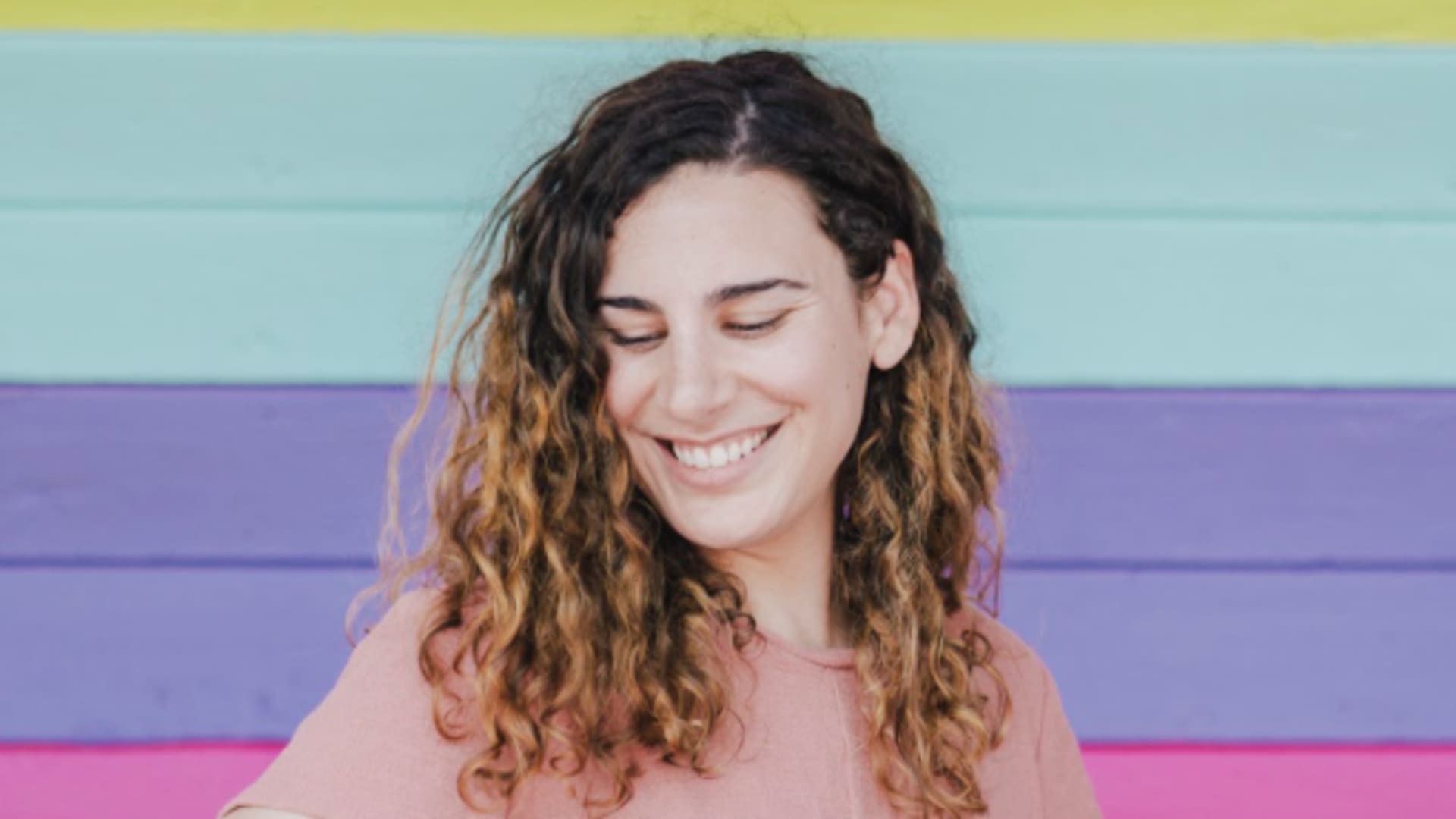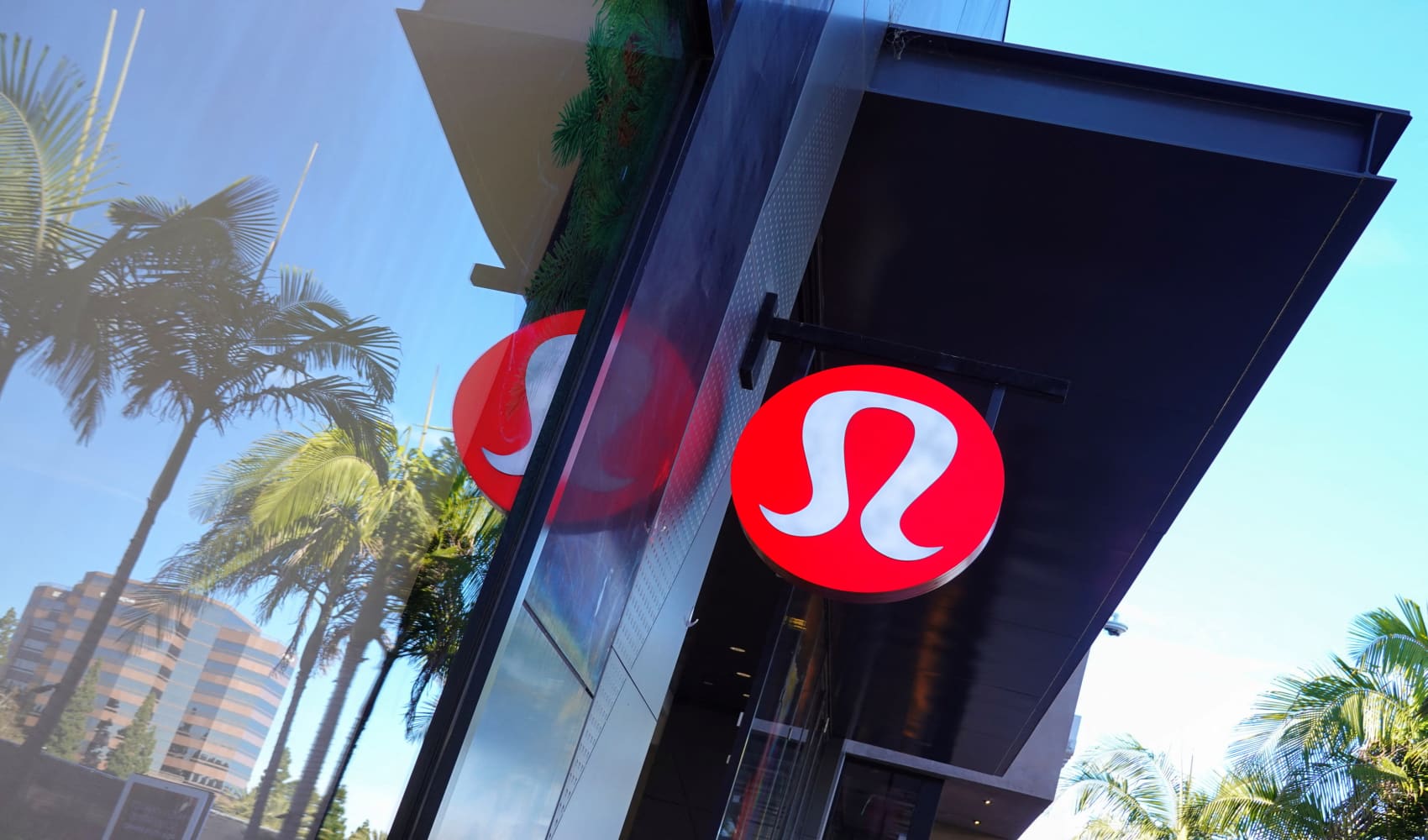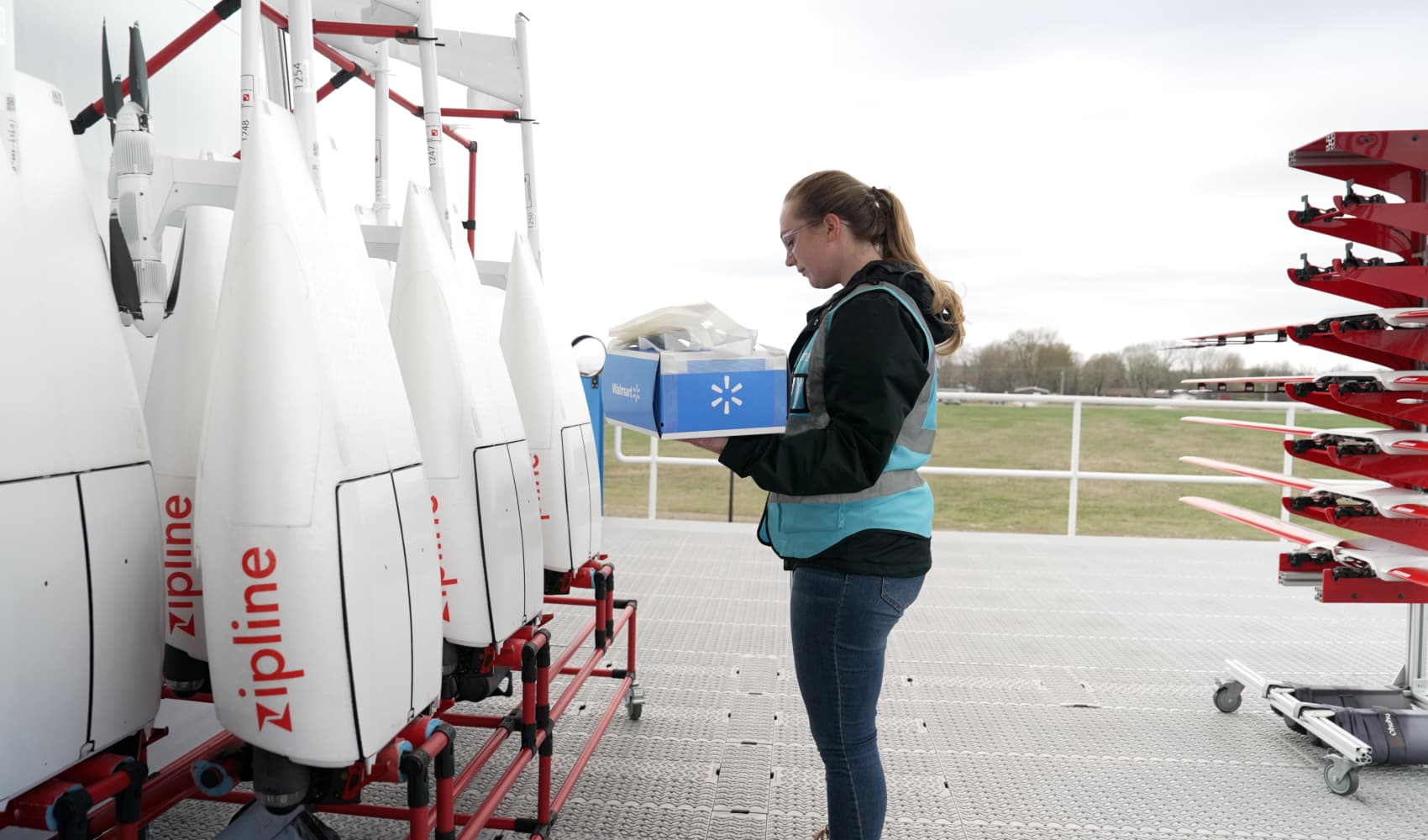
When it comes to building your savings, financial experts are quick to encourage you to automate the process. That means setting up a regular, automatic transfer from your checking account to a savings account.
But one money coach and founder of the feminist financial education company Bravely Go, Kara Perez, says she doesn't follow that advice and she rarely recommends that others do either.
"It's great advice for people with steady paychecks, but as someone who's income fluctuates and who deals with 90 day pay periods, I never felt comfortable doing it," Perez tweeted on Sunday.
Automated savings can be particularly difficult to achieve for minimum wage employees whose work schedules vary, freelancers, grad students living on stipends or even just those with odd pay schedules, Perez tells CNBC Make It.
That's because while automating your savings works if you have a stable salary coming in, those with fluctuating pay can find it difficult to keep enough money in their checking account to transfer over. And if you don't have enough in your account, you run the very real risk of racking up overdraft fees, she says.
How to build savings without automatic transfers
Money Report
For those who have irregular pay structures or work schedules, Perez recommends people follow what she calls "manual money movement." This is where you regularly review your checking account balance (Perez checks her own balances twice a week) and then decide what you can afford to move into savings.
"I align what's in my account with what my goals are," Perez says. By that, she means if you have extra money after you finish paying your bills, you need to ask yourself: "Am I able to move money into savings? Do I want to?" And from there, Perez says it's a question of allocating what that money is going toward. Maybe it's emergency savings or funding investments or paying down debt.

This type of purposeful process helps give people an understanding of where all their money is at any given moment, Perez says. And it helps familiarize them with the process of how their bank works, she says, adding that can be really valuable information. "Hopefully once you have enough money coming in where you aren't worried about overdrafting, then you can move on to automated," Perez says.
The system has worked for Perez: She's saved 50% to 72% of her income over the last four years.
Yet Perez isn't suggesting that all automation is bad. She encourages anyone with retirement plans through their employers to set up automatic contributions from their paychecks. And she's also a fan of apps like Digit ($5 per month) and Albert (free to use the Smart Savings tool) that will automatically calculate when you have money in your checking account that can be safely siphoned into savings before you spend it.
How to set up your savings
When it comes to the amount that you should be saving, Perez says it really depends. "This is where people get hung up because so much of personal finance advice is focused on consistency in terms of 'do the same thing every month,'" she says. But she says it's OK if one week you're putting in $300 into savings and the next week you're only able to put in $30.
"Obviously, the more the better. I want to encourage people to save and invest as much as possible," Perez says. But when you're actually in the habit of regularly saving, the exact numbers matter slightly less.
"I tell people any savings is good savings," she says, adding that she personally has a generous definition of savings. If you pay down debt, like making a student loan payment or clearing off a credit card balance, for example, Perez considers that a win. In the end, steps like those are saving you money in the long run since you won't have to pay as much interest if you pay down your debts faster.
In general, when it comes to savings accounts, Perez recommends that people have at least two: one for emergency savings and one for what she likes to call a "fun fund." For the first, Perez recommends having at least four months' worth of living expenses saved up over time. Even having $100 or $200 in emergency savings can help, so it's worth setting aside at least some of your income for that.
The fun fund, on the other hand, can be for saving up for a vacation or even a big purchase, but something that's set aside to fund things you actually enjoy.
"You should also begin to build fun into your budget ASAP," Perez says, adding that while a lot of the old-school personal finance experts advise against that, she thinks it's crucial. She feels that kind of advice is like abstinence-only sex education. It just doesn't work because teens are going to have sex. Similarly, people are going to spend money on things they enjoy, so you need to give them the support to do it without risking going into debt.
For Perez, it's all about finding realistic financial solutions rather than just telling people that they're a failure if they spend money going out to eat. "You can save for a Coachella ticket and save your money and you're not a bad person for putting a little bit of money in that Coachella ticket fund," she says.
Check out: This is the amount of savings you need to increase housing security and avoid debt, study finds
Don't miss: Here are the 5 best personal loans of December 2020






